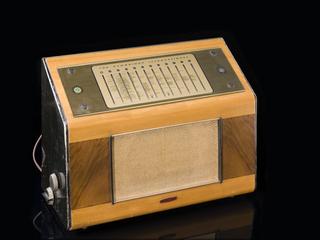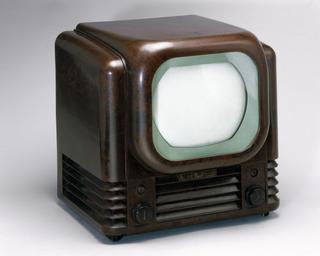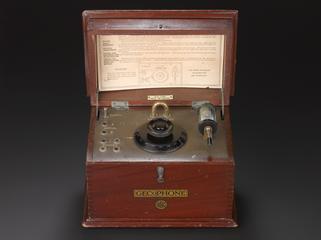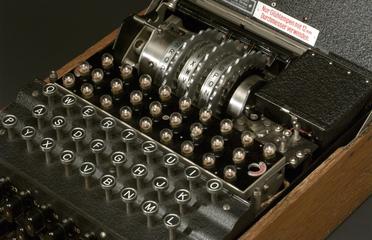
Coherer, ebonite, with adjustable contacts, 1890-1896
- Made:
- 1890-1896 in United Kingdom
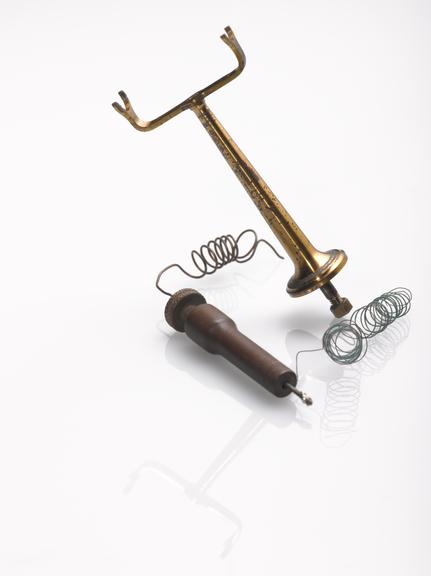
Ebonite coherer with adjustable contacts, unknown maker, British, 1890-1896. Used in August 1896, in experiments carried out by Captain Henry Jackson
Captain Henry Jackson conceived the idea that wireless telegraphy could have a naval application in about 1891. It had become important to be able to identify fast torpedo boats accurately, especially at night, so that friendly returning vessels could be distinguished from those of the enemy. He made his earliest practical experiments in December 1895 after having read of the work of Jagadis Bose in Calcutta. In March 1896 Jackson read the book by Oliver Lodge on the work of Hertz and used Lodge's work as the basis for a new series of experiments. This coherer was used with Jackson's first complete receiver to incorporate all his improvements. The experiments were carried out on board HMS Defiance in Devonport Harbour, and on 20 August 1896 a Morse transmission was successfully received. In this narrow sense, Jackson's experiment is the true start of maritime radio.
Details
- Category:
- Radio Communication
- Object Number:
- 1923-281
- Materials:
- ebonite, copper (alloy) and metal (unknown)
- type:
- coherer
- credit:
- Donated by H. B. Jackson

